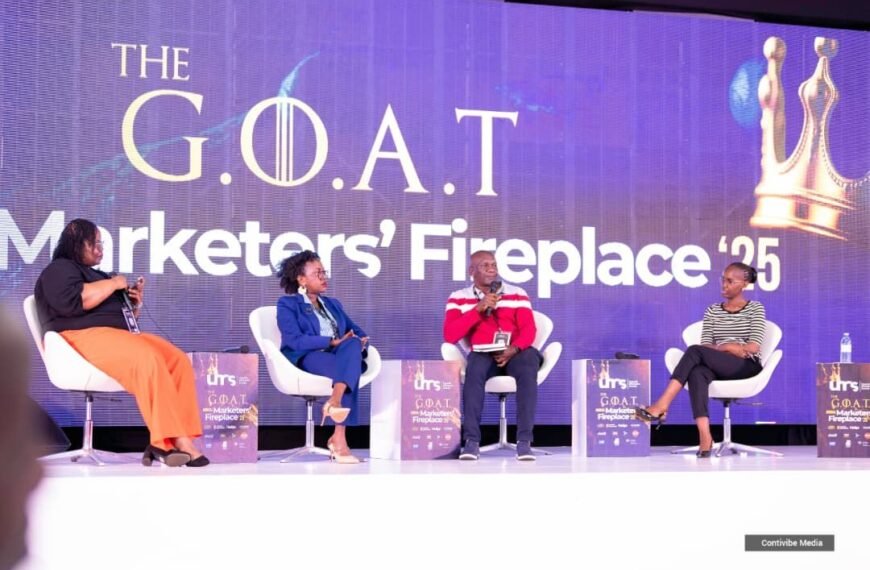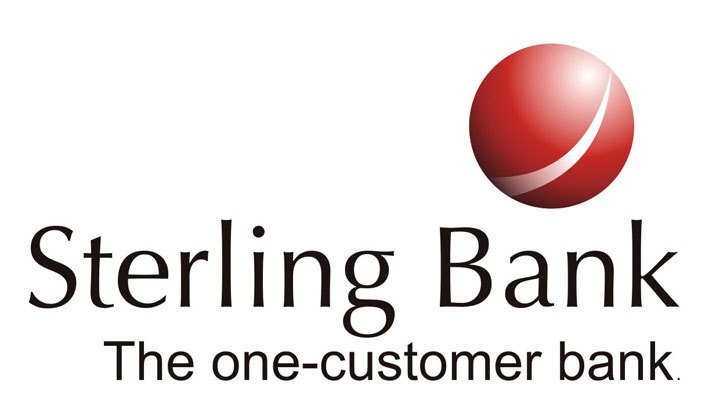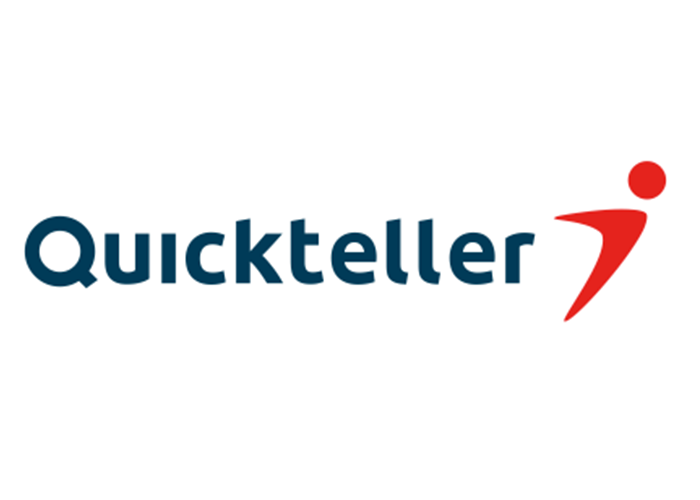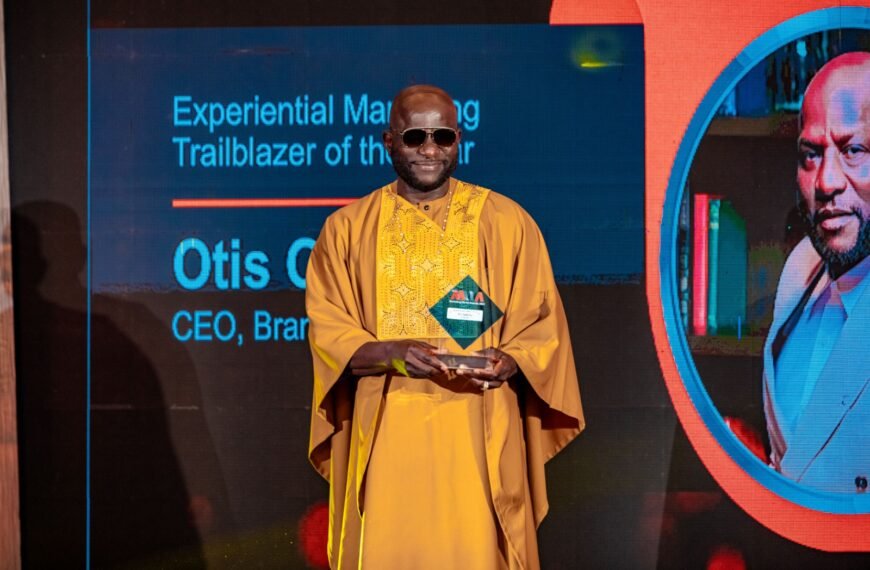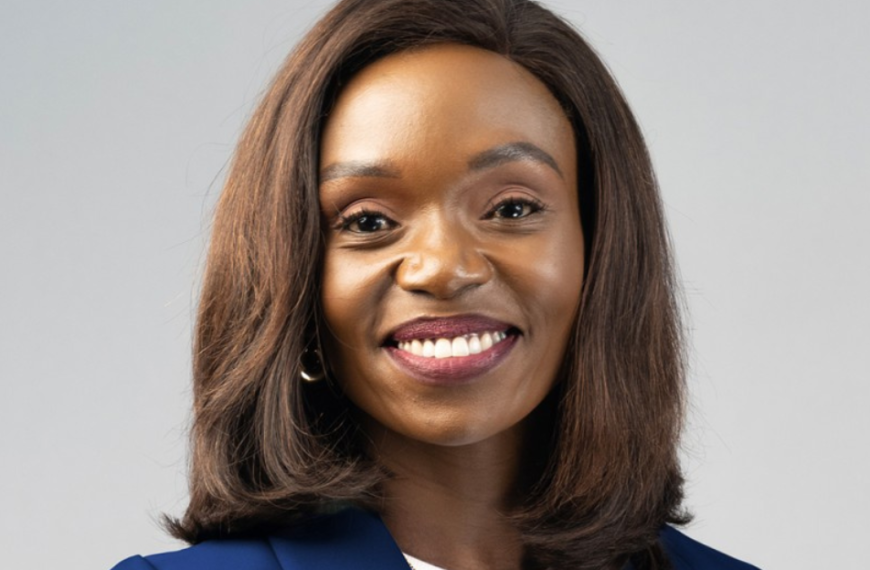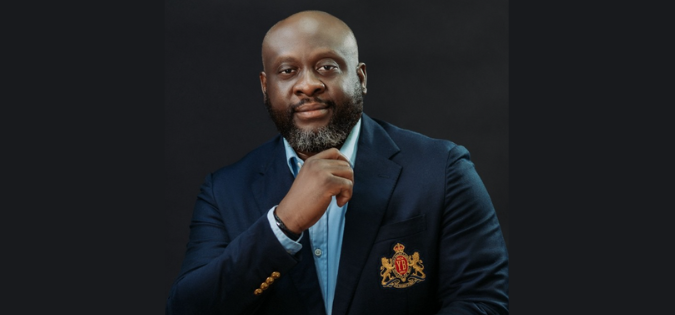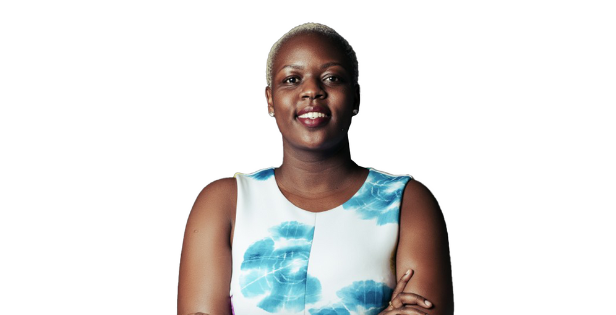Fitting in perfectly with the rise of purpose-led marketing across the globe is Jeanne du Plessis, corporate affairs and citizenship leader at Procter and Gamble (P&G) South Africa. Du Plessis explained during a recent Meltwater webinar on the role of corporate social responsibility or CSR (Corporate Social Responsibility) in marketing that she’s a passionate believer that business can and should be a force for good in the world.
Du Plessis shared that she’s currently pursuing her Master’s degree in Inclusion and Innovation, focused on ideas that bring both business success and positive values.
Fittingly, in discussing the role of CSR in marketing, Du Plessis spoke through best practice on effective communication of your brand’s CSR initiatives to the public, as well as how CSR initiatives can impact both your brand equity and client and employee retention bottom line.
That’s why Du Plessis shared examples of CSR in marketing she finds inspiring. P&G itself is seen as a corporate giant creating tangible change in society through various initiatives, but Du Plessis pointed out that this doesn’t mean what she shared should be seen as “perfect examples from perfect companies.” CSR and marketing can be done in many ways and its journey that involves constantly trying, and learning from mistakes in order to do better next time.
It’s certainly worth putting the effort in because according to a survey from the UK’s Better Business Journey, 88% of customers say they’re more likely to buy from a company that supports and engages in activities that improve society.
But be warned against just adding CSI projects at face value…
Du Plessis shared that her favourite CSR cliché is that of two hands holding a seedling, as this tends to be what’s top of mind for most consumers who think of brands engaging in CSR projects, but is only a small part of what it entails.
In defining what CSR actually encompasses, Du Plessis said that while there’s no set definition that all have agreed on, we can agree that CSR is not just a charity project your company runs on the side. Instead, it’s an integration of environmental and social concerns, and it definitely has a role to play in society.
With so many complexities in balancing these concerns, there’s no single model of CSR.
Speaking of corporate social investment or CSI specifically, Du Plessis added that this term is not interchangeable with CSR, which is explicitly external to the company.
She calls the overlap “A South African peculiarity”, as CSI has voluntary overtones that sound better than the obligation-driven language of CSR, which implies that business has a role to play in the social and environmental problems we are confronted with. CSI, on the other hand, sounds like a noble thing to do.
Using CSR to improve your brand’s storytelling
Speaking of its place on the marketing conversion funnel, marketing can be used to tell your CSR story better, while on the flip side, CSR can be a tool in your marketing strategy for people to choose your brand. But marketing in and of itself can also be a tool for social good and positive change.
Next, Du Plessis shared her favourite examples of bringing CSR and marketing together.
She said the starting point is a clear understanding of your brand purpose. Why does the brand exist, beyond the product?
To illustrate this, she mentioned that Lego makes “toys and playroom landmines for your feet,” while inspiring children to think creatively.
Disney is an entertainment company, but aims to make even the most mundane moments magical. And P&G’s own Always makes feminine hygiene products, but also enable females to be whatever they want to be.
Clarity of brand purpose
Once identified, your brand purpose needs to be at the core of any brand marketing you do to ensure strategic implementation.
In explaining the Always purpose, Du Plessis said there had been an inherent conflict because the moment girls enter their category, they lose their confidence. That’s the essence of what inspired the #LikeaGirl campaign, changing the words “like a girl” from an insult to a pop-culture phenomenon that means being downright amazing.
An interview with Jeanne, Du Plessis, Procter & Gamble South Africa spokesperson, to find out how the Always #LikeAGirl campaign is influencing South African girls, in accordance with its latest survey, conducted locally.
Du Plessis dubs this proof that marketing with CSR at its heart can change the world. It’s about changing stereotypes or telling stories that haven’t been told before, or enabling access, innovation and philanthropy. It’s about your brand deciding to fill the gap left by existing systems.
If you’re not yet clear on this, Du Plessis says to look to your brand’s core capabilities and unique strengths, as it’s easy to fall into the trap of trying to fix everything. Instead, look specifically at what you’re good at, then find partners to help you fill the specific gap you’ve identified.
The essence of cause-based marketing: Collaborate for good
As both a business and an influential brand, Du Plessis pointed out you likely already have just the network you need to tap into to bring about positive change.
Partners can bring enormous value to your efforts and take it from good to great. For example, P&G partnered with Terracycle to eliminate waste through the Loop project, where products are delivered to your door in reusable containers that can be washed and refilled.
Getting to the core of cause-based marketing
Your brand’s CSR partners also bring capability and capability to the table, especially with any cause-based marketing efforts. Du Plessis mentioned Coca-Cola’s ArcticHome as an example.
A word of caution, though. When embarking on any cause-related marketing, keep it as simple as possible for consumers to understand, because social issues tend to be difficult to explain. This means there often isn’t a silver bullet solution, so the communication needs to be kept as simple as possible.
Du Plessis mentions that the Pampers Unicef campaign is an example of this done well, where the purchase of one pack of Pampers resulted in one vaccine against tetanus for a newborn. This has the potential to be life-saving, while also educating the community and ensuring training of nurses.
A partnership between Procter & Gamble (P&G) and Game supplied roughly 2.4 million litres of clean water to impoverished communities in 2017.
Then there’s From Dirty to Clean, a safe drinking water purification invention for those who need it most. Every purchase of a P&G product in a Massmart store triggers a donation to the ‘clean drinking water’ campaign.
#FairnessFirst: Tips to enhance belongingness in your workplace
There’s been renewed emphasis on issues of inclusion and diversity in the corporate and advertising world lately, but that often leads to a sense of being the ‘first, only or different’ – at least in the early stages. That’s a lonely place to be. Here’s how to enhance a sense of belonging in your workplace.
On getting this right, Du Plessis says to make sure you are telling a story in your messaging. People love this as it’s the way we interpret information and the world around us. Pure statistics don’t resonate with people, stories do, so tell a story about people.
But in telling a story about people, you can also tell a story about your company, like the P&G story; The Words Matter, which is about the brand’s internal journey to better represent their staff members and understand the LGBTQI+ lifestyle.
It’s a powerful statement of what the company stands for and why diversity and inclusion matters.
To follow suit, let your brand tell a story about what you stand for.
One of Du Plessis’ favourites from the past few years is Nike’s ‘Dream Crazy’, because research shows that up to two-thirds of consumers choose your brand for taking a stand on something that matters.
In closing, Du Plessis said if you want to bring CSR to your marketing in a powerful way, you need to think about the spaces you can play as a brand and partners that can complement your brand and your values.
Understand that the partners and the stakeholders your brand works with have a set of skills and expertise that may be missing from your company. Find the people who are already passionate about your cause, and build it into what they’re responsible to deliver on. Harness that to work better together.
Also, steer clear of ‘storming in with the solution’. You need to really take the time to listen as the donor in any situation, as doing this work in society is often not clear-cut and demands that you change course as you go along.
It can be easy to walk into a space where we want to have maximum reach and communicate a story, but sometimes this is more meaningful on a small-scale than with a blanket approach.
When considering success metrics, be open to how the project may change.
Keeping this top of mind is how marketing with CSR at its heart can truly change the world, one campaign at a time.
SOURCE: Leigh Andrews

